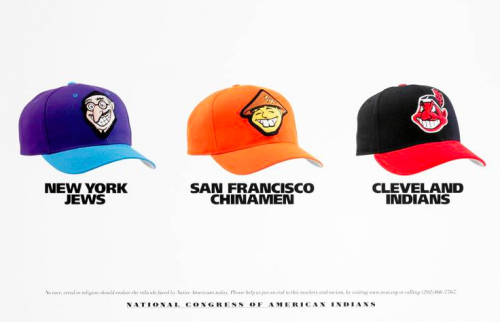 Last year a drug store chain in Canada, Shoppers Drug Mart, started playing Christmas music more than a month before the holiday. Customers complained, perhaps, Tom Megginson suggested, because it is customary in Canada to wait until after Remembrance Day on November 11 (a holiday honoring those who’ve died in wars) to start celebrating Christmas.
Last year a drug store chain in Canada, Shoppers Drug Mart, started playing Christmas music more than a month before the holiday. Customers complained, perhaps, Tom Megginson suggested, because it is customary in Canada to wait until after Remembrance Day on November 11 (a holiday honoring those who’ve died in wars) to start celebrating Christmas.
In response to complaints, Shoppers pulled the Christmas music and announced their decision on Facebook:
How might people interpret this decision? Here’s a sampling of one type of response, collected by Megginson:
Notice that not wanting to hear Christmas in early November is conflated with not celebrating Christmas and that is conflated with a whole host of identities: not being a “real” Canadian and being non-Christian, non-white, an immigrant, and of a different “culture.”
For these commenters, the so-called War on Christmas is about much more than a competition between religious and secular forces, it’s also about the centrality of whiteness and a defense of “true” Canadianness against an influx of foreign cultures. It is worth considering whether, in general, this debate is really code for racism and anti-immigrant sentiment more generally.
Photo by Petr Kratochvil. Cross-posted at Pacific Standard.
Lisa Wade, PhD is an Associate Professor at Tulane University. She is the author of American Hookup, a book about college sexual culture; a textbook about gender; and a forthcoming introductory text: Terrible Magnificent Sociology. You can follow her on Twitter and Instagram.

















